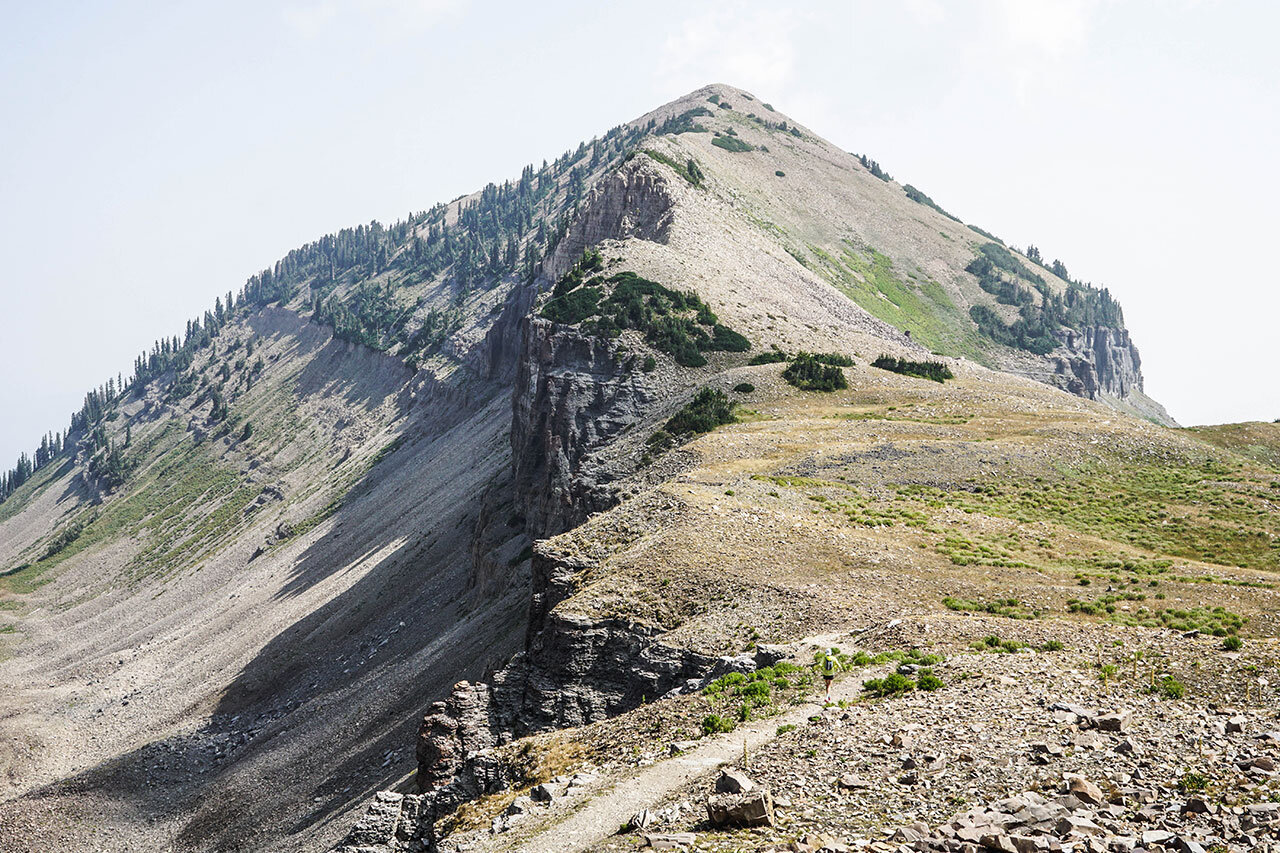The Art of Stillness, Adventures in Going Nowhere
I recalled how, not many years ago, it was access to information and movement that seemed our greatest luxury; nowadays it’s often freedom from information, the chance to sit still, that feels like the ultimate prize. — Pico Iyer
In The Art of Stillness, Adventures in Going Nowhere, a short and easy read released by TED Books, author Pico Iyer writes of his personal exploration into finding stillness in a world that seems to move exponentially faster with each day. Pico, born in Oxford, England, shares wisdom gleaned from others who left the quickened pace of mainstream life for a more monkish existence — some literally. His interviews, essays, and research with those who abandoned the life of constant movement should enlighten our own choices.Pico, now in his sixties, began exploring his stillness at age twenty-nine. He was a successful journalist covering world affairs, living and working in Manhattan, and fulfilling what he thought his dreams. Yet, “…hurrying around in search of contentment seemed a perfect way of ensuring I’d never be settled or content.” Unable to find contentment in his fast-paced lifestyle, he moved to Kyoto, Japan, for a year and lived in a small apartment. He found peace in the counter culture he was exposed to there.He writes of his initial experience, which he now repeats regularly, at a Benedictine retreat in the hills along the California coast. Forced to disconnect from technology and be still in silence, he was able to disconnect from his worldly concerns.
But what I discovered, almost instantly, was that as soon as I was in one place, undistracted, the world lit up and I was as happy as when I forgot about myself. Heaven is the place where you think of nowhere else.
Shortly after his three day experience he returned for two weeks, then not longer thereafter moved back to Japan where he has no car, no bicycle, no bedroom, and no television. He wanders the world as a travel writer to support himself and family, but returns to his small oasis free of distractions and unnecessary stresses. Pico doesn’t suggest we all become fixed in our location and seek out the monk lifestyle, but rather recognize we can find stillness and peace everywhere—and nowhere. Nor does he suggest that travel is useless. Rather, it isn’t the physical element of wandering that inspires us to do so, but the spirit that we bring to it.
Going nowhere, as Leonard Cohen would later emphasize for me, isn’t about turning your back on the world; it’s about stepping away now and then so that you can see the world more clearly and love it more deeply.
Leonard Cohen, the poet and singer-songwriter, is one individual Pico had an opportunity to interview. Cohen chose to abandon his celebrity lifestyle for the simpler life in a California monastery. He needed to escape from the demands of his life and chose to find peace by shedding worldly distractions. He still owned a home and traveled the country performing, but retreated to the monastery often to reset.
Pico also discussed the art of stillness with Matthieu Ricard, who received his Phd in molecular biology before giving up his promising career in science to become a Tibetan monk. Ricard is often considered the happiest man on the planet and has devoted his life to that pursuit; and helping others to better understand his path to lasting happiness.
Simplifying one’s life to extract its quintessence is the most rewarding of all the pursuits I have undertaken. — Matthieu Ricard
The book is full of insights and fresh perspectives from a growing number of individuals who are discovering the importance of separating themselves from the demands of the world, even if but for a few moments each day. It’s important, with the ever increasing demands on our attention and the exponentially increasing information flowing at us daily, that we step back and prioritize what is truly necessary in order to protect our health and happiness.
It’s the perspective we choose—not the places we visit—that ultimately tells us where we stand. Every time I take a trip, the experience acquires meaning and grows deeper only after I get back home and, sitting still, begin to convert the sights I’ve seen into lasting insights. — Pico Iyer
Researchers in the new field of interruption science have found that it takes an average of twenty-five minutes to recover from a phone call. Yet such interruptions come every eleven minutes—which means we’re never caught up with our lives.
It takes courage, of course, to step out of the fray, as it takes courage to do anything that’s necessary, whether tending to a loved one on her deathbed or turning away from that sugarcoated doughnut. And with billions of our global neighbors in crying need, with so much in every life that has to be done, it can sound selfish to take a break or go off to a quiet place. But as soon as you do sit still, you find that it actually brings you closer to others, in both understanding and sympathy. — Pico Iyer

